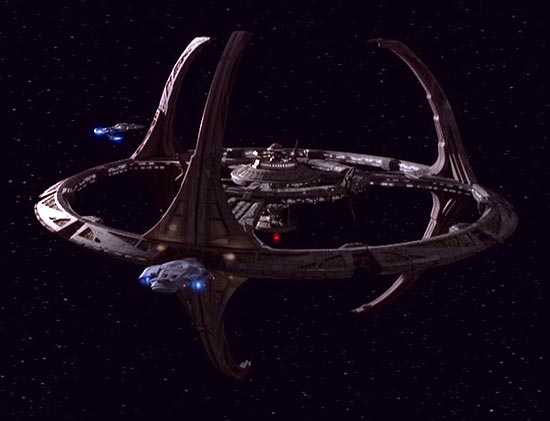They're about a millimeter long but they're also transparent. That looks rather not-transparent what with being from an electron microscope. C elegans is a very well studied worm thanks to all sorts of things but I'm just going to turn this into an opportunity to mention that they have the same pattern of cell division every time so you know they will have exactly 302 neurons. Unfortunately we can't even simulate such a trivial number of cells well enough to produce their characteristic movement pattern and behavior (we can simulate the muscles easily.) Makes all those projects aiming to simulate a human brain look ridiculous (don't get me started about how screwed up "but our brain has repeating units" is.)
Aside from the organs we've dealt with so far the bulk of their midsection is taken up by two ovaries. They start in the middle then loop forward or back and come around to the point in their midsection where they lay eggs. It's just a constant stream of the cells growing larger until it's a huge cell and then fertilization when it passes through the sperm sac. Oh right, these things are hermaphrodites.
About one in 1000 will just go through the simple genetic even that makes them male instead. Males have a fan sort of thing on their tail end that they use to fertilize the otherwise fertile hemaphrodites. Not spending all that energy making eggs allows them to make enough sperm to fertilize virtually all of the eggs produced by around three not males- even competing against their own sperm.
Ok so for the nightmare fuel there are a variety of genetic defects that cause them to not actually lay their eggs. These worms balloon up to be rather fat and eventually perish leaving their offspring to slither around inside of them until such a time as their cuticle has enough of a break to allow them out. Whether the offspring consume everything inside or that is done by bacteria was entirely clear to me but either way crawling around in the mother's brain probably actually happens.
Less hellish visions include some nervous defects where instead of slithering they just roll over again and again. On a petri dish growing their food they can not only afford to pump out so many eggs without moving around but they can eat so much that they grow larger from not having expended energy. They eat E. coli pretty happily whether they're swimming around or not.
Also they can do a sort of pre-puberty hibernation phase where they survive for weeks without any food or even in environments that would be too dry for the normal life cycle.
These worms do actually do a sort of pumping to feed- though that's done by having a long narrow tube with a largish diaphragm behind it.

The internal shape you see there is the pharynx and the little vertical bit in the rear bulb visibly flutters around.
Now just stop a second and think about the shape of our creatures. Isn't it hard to not just lift things from this?
-
Something you can also notice from the electron picture is that to look at something so small you are also limited to a pretty narrow band of focus- through any microscope you could just look through these things end up showing you a nearly 2d slice of what you're looking at with a blurry mess above or below it. Setting the microscope up properly minimizes how much of that you even see so it is really just barely more than 2d. The two eyepieces give it just a bit of depth but more often than not anything so small that you'd need it casts obnoxiously differing shadows through those.
-
So I think there are two easy changes in different directions the donutsaur could take.
Stretching it out lengthwise to produce more of a long neck. To keep the bubble near the tissue of the head or a potential tail if could have extensions reminiscent of a certain space station

Not so thin of course but you should be able to picture them coming off of the torus shape pretty easily.
Or stretching out width wise, meaning a wider ring for the torus while the head came mostly into the body to just have the mouth on th bottom of a disk shaped creature.
To spice up feeding habits we need a source of foodstuffs that's not the same as these free floating bacteria and the tiny offspring of larger things. After the long wait of the creatures seeming to move toward stable forms it seems fitting for there to be green plants to offer larger meals spread out over greater distances. In this case a greater distance could just be several body lengths away for the donutsaurs so it's probably time for active movement.

 Author
Topic: An Otherworldly Ark (Read 39221 times)
Author
Topic: An Otherworldly Ark (Read 39221 times)
